States reopened for business in May as coronavirus death toll climbed past 100,000
As all states eased some restrictions, the number of cases rose.
As the coronavirus pandemic continued into May, Americans, health officials and elected officials reached a breaking point on their stay at home orders.
The virus, however, continued to spread, and the pandemic reached a grim milestone by the end of the month.

“The United States woke up on May 1, really, with each of the states realizing they were on their own and with each of the people realizing they had to discover what each of their states and their mayors were telling them to do,” Tom Bossert, a former homeland security advisor told ABC News.
By the first week of May, ten states, including Florida and Georgia, had begun lifting some of the restrictions in place to prevent coronavirus spread, however, state leaders advised businesses to reduce their capacity and ensure their properties were clean.
The number of coronavirus cases in the country rose to over 1.1 million with nearly 65,000 patients dead.
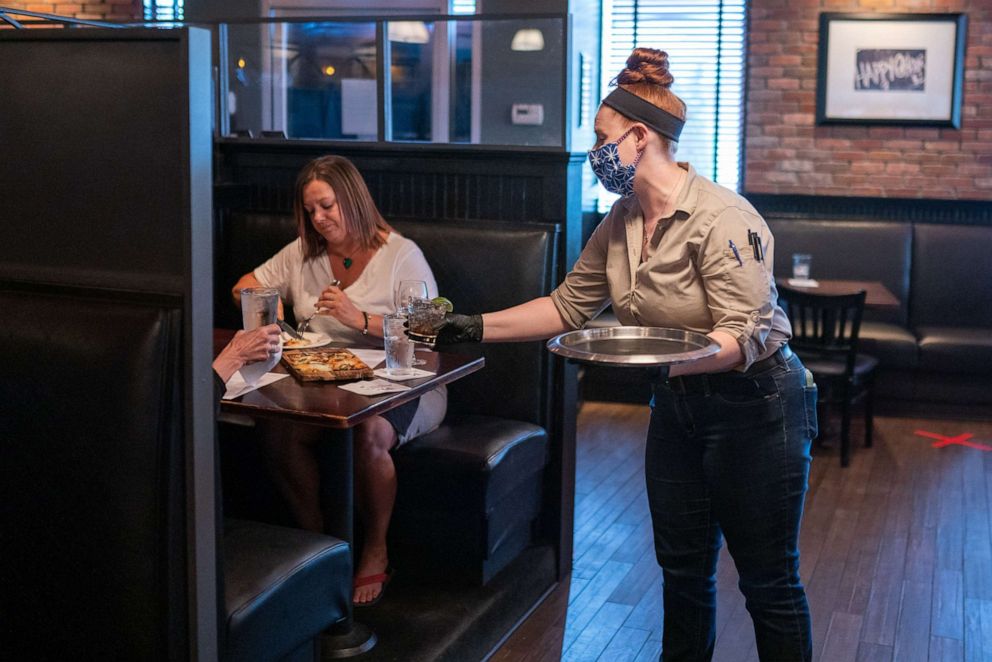
In states that were among the hardest hit by the virus, such as Michigan and Pennsylvania, protesters continued to hold rallies urging leaders to fully re-open their state.

In many instances, such as a protest outside the state Capitol in Lansing, protesters came armed with rifles, body armor and other weapons. Some of the protesters claimed they were at the end of their financial ropes and needed to get back to work while others argued their personal freedoms were taken away.
Unemployment numbers skyrocketed every week throughout the month. On May 2, 3.176 million Americans filed unemployment claims, 2.687 million the week after, 2.446 million on May 16 and 2.123 million on May 23. By the end of the month, at least 40 million people did not have a job.
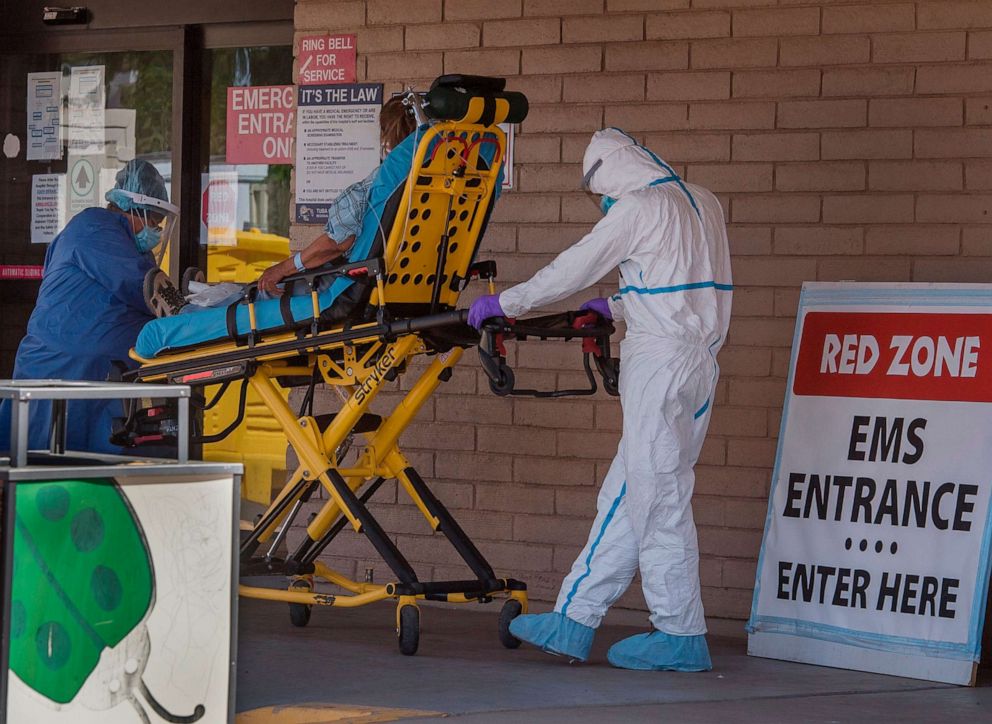
While governors such as Gretchen Whitmer of Michigan and Andrew Cuomo of New York stood firmly by their stay at home orders, they began to ease some of their restrictions as data showed the number of new cases and deaths were on the decline and testing for the virus was on the rise.
By May 15, eight more states, including parts of upstate New York, Vermont and Virginia, allowed certain businesses to reopen, but with tight restrictions on the number of customers and strong calls for social distancing.
In some instances, owners of salons, gyms and other non-essential businesses said they were fed up that their stores were not allowed to open first and defied their governor’s orders. In New Jersey, a gym owner was forced to shut down his businesses after he repeatedly reopened the site.
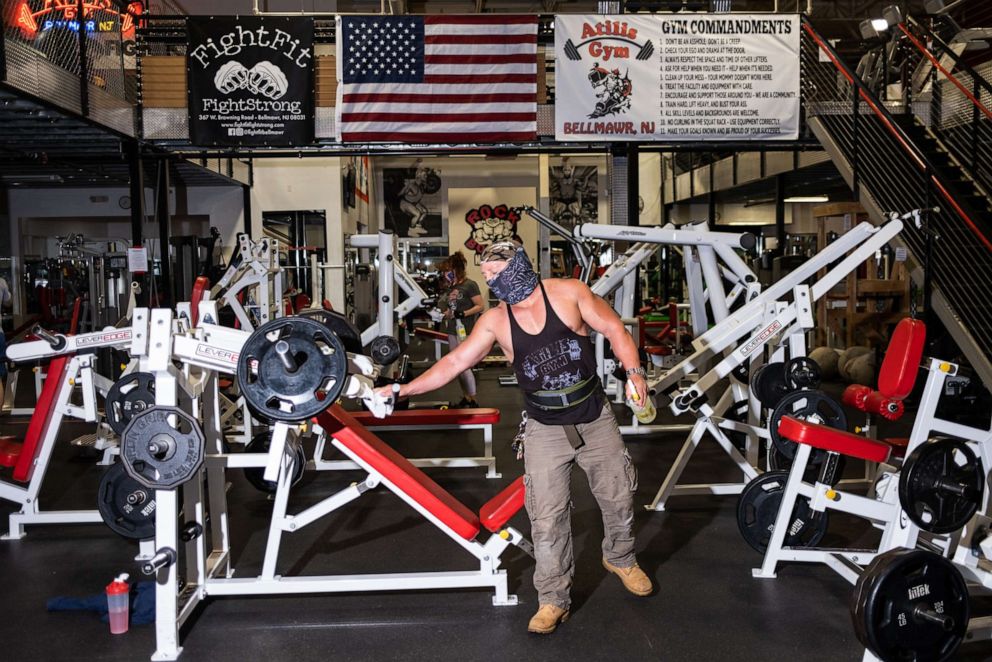
By the end of the month, all 50 states and Puerto Rico had reopened some parts of their economy, with the plans to begin additional phases in June.
However, the number of cases did not show a decline nationally, and towards the end of the month the country had lost over 100,000 lives to the virus and had nearly 1.8 million cases.
“At this stage it’s pretty clear that Americans are over COVID,” Bossert said. “The problem is COVID is not done with us.”
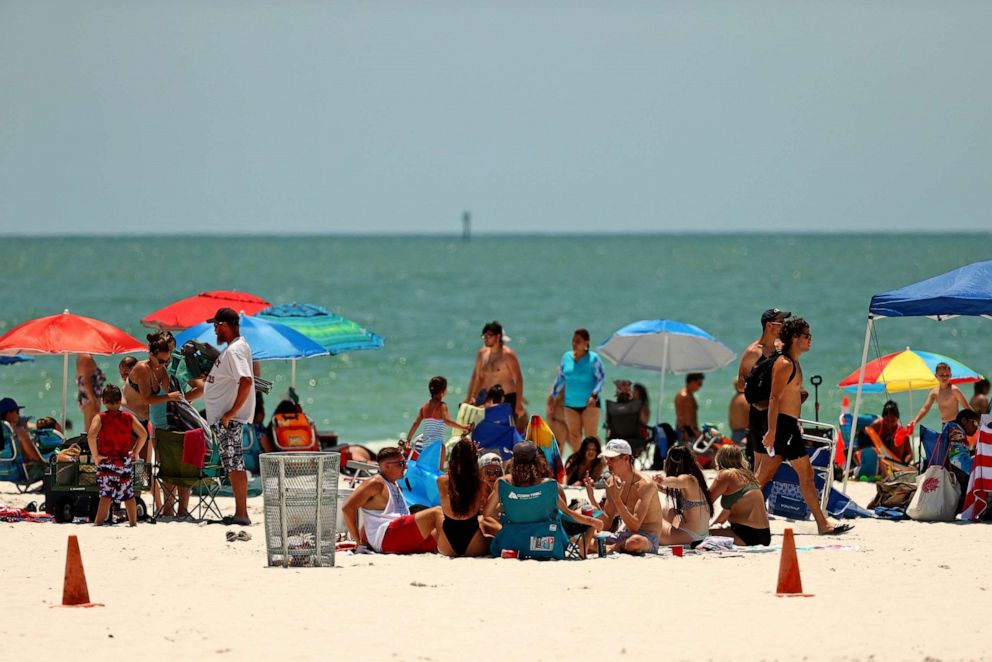
The reopening of businesses and beaches coincided with Memorial Day weekend and throughout the country there were images of packed beaches and other public places.
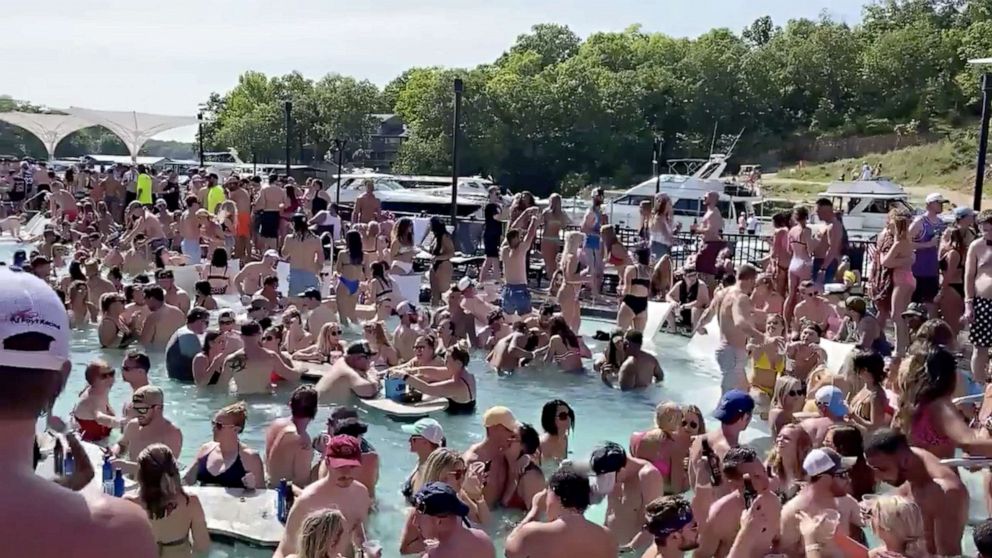
Video of a large crowd in the Lake of Ozarks in Missouri spurred elected officials to call on those revelers to self-quarnatine to avoid a rise in cases.
Health officials also expressed concerns about crowds protesting the death of George Floyd which continued into June.
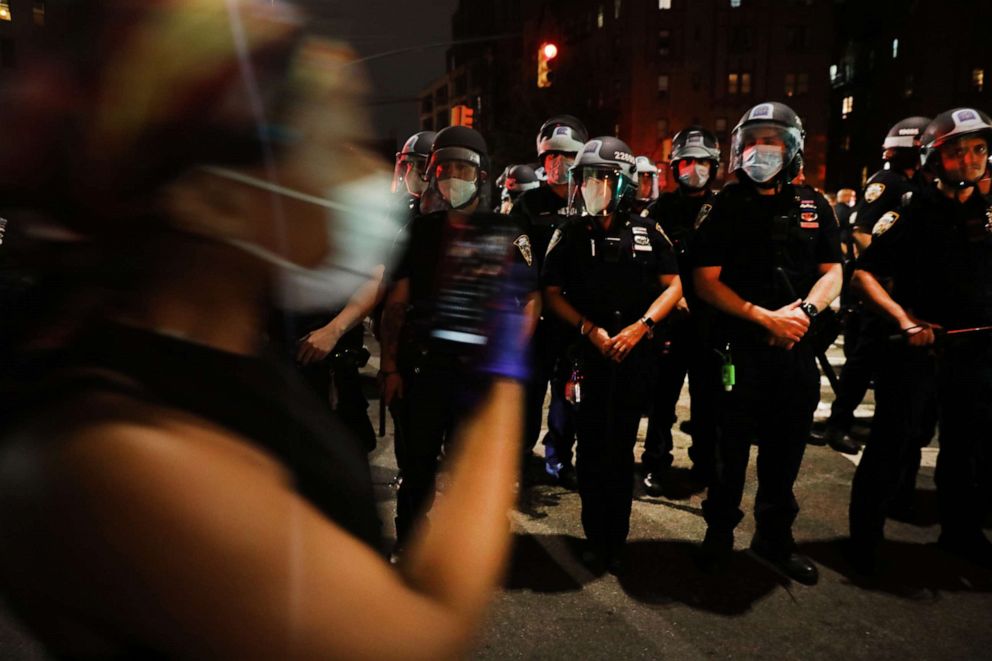
"I fear the protests of late will be the super spreader of the summer,” Bossert said.
ABC News' JP Keenan contributed to this report.




